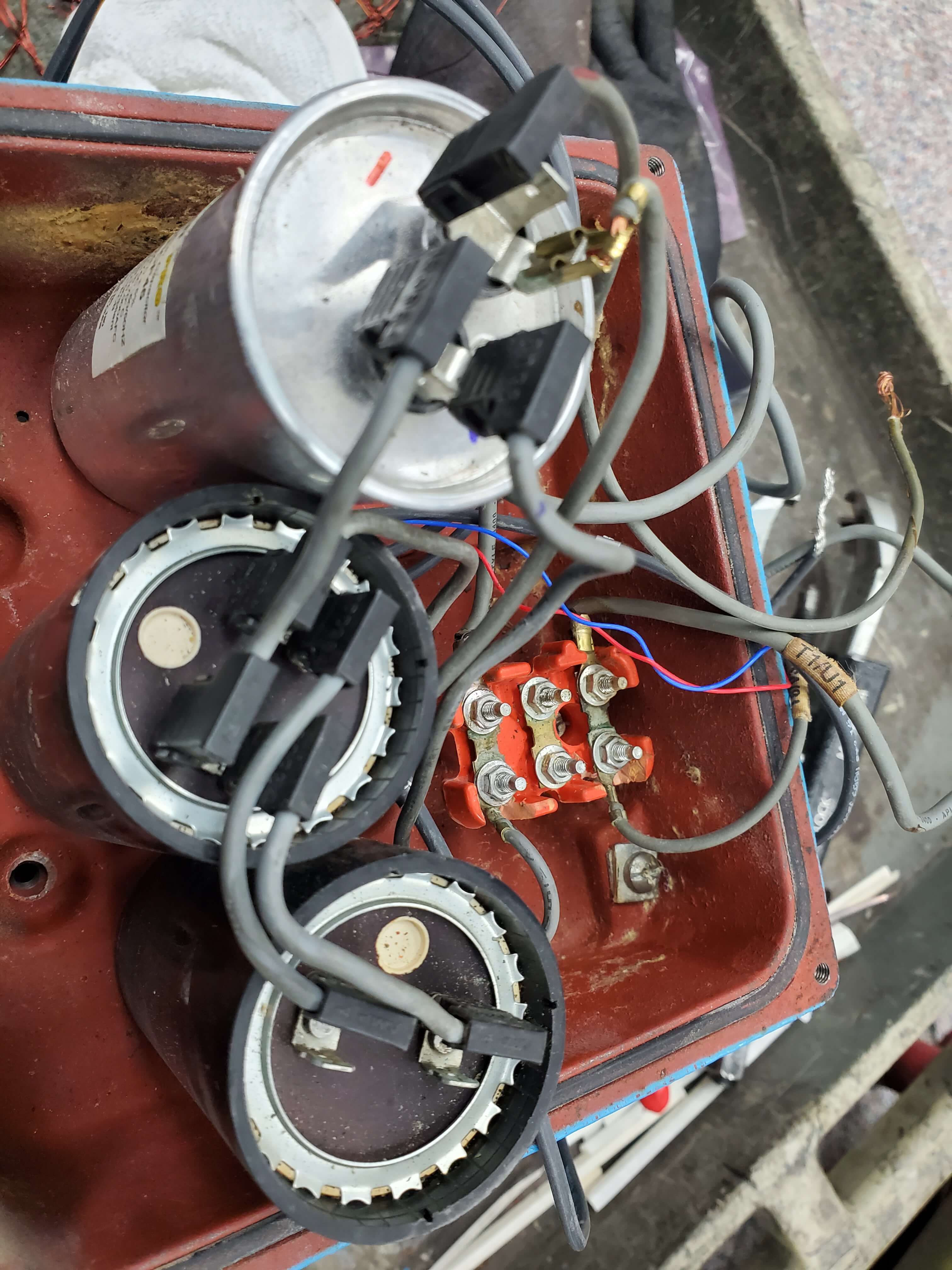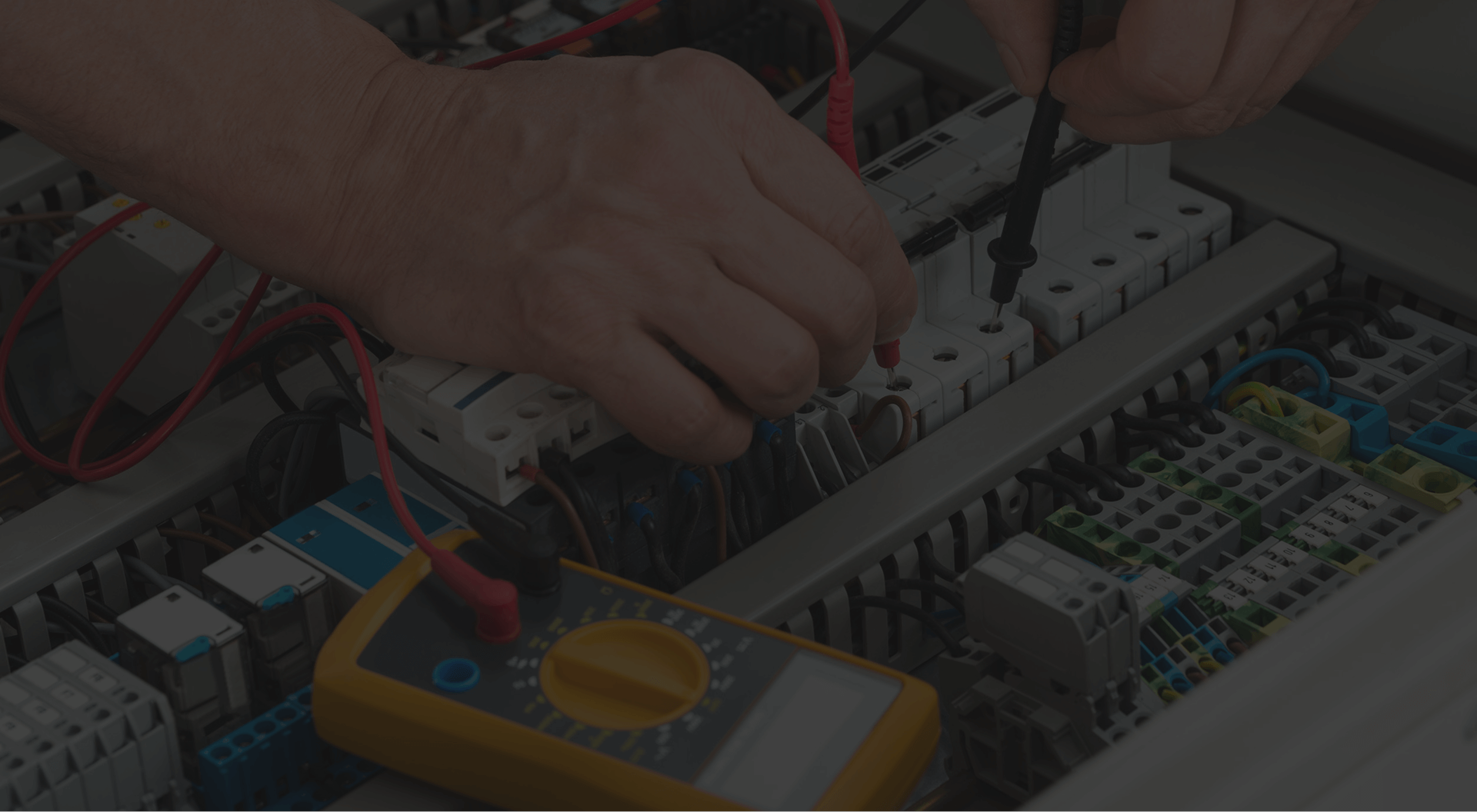
Repairing is a part of owning and operating equipment. The U.S. research shows that companies spend about $50 billion yearly on repairs and maintenance. If your hydraulic equipment is not working, you must repair it immediately to save time and lost dollars.
Brief intervals of downtime can result in costly production slowdowns, lost sales, and unhappy customers. Fortunately, Industrial EQ Diagnostics.INC is there to assist you with our industrial hydraulic repair and maintenance services.
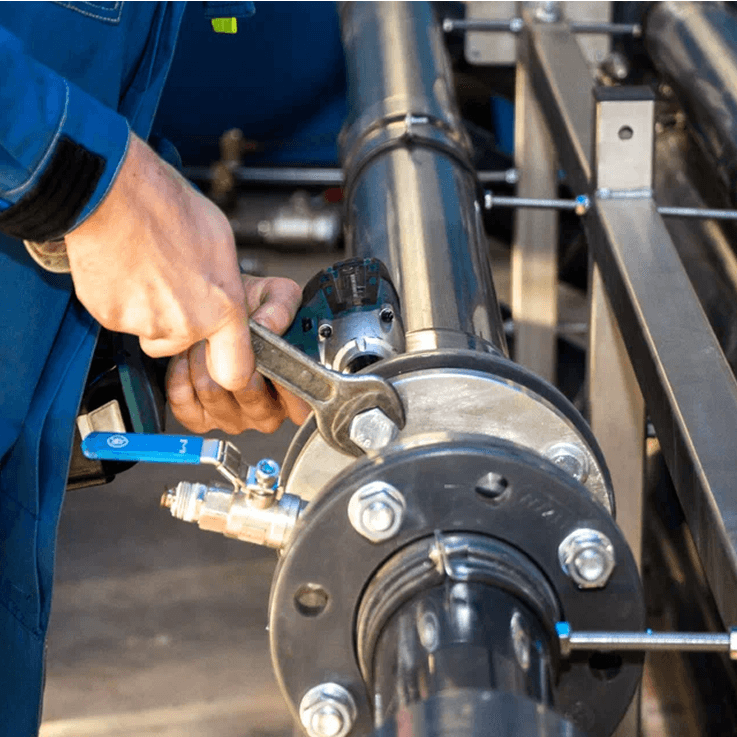
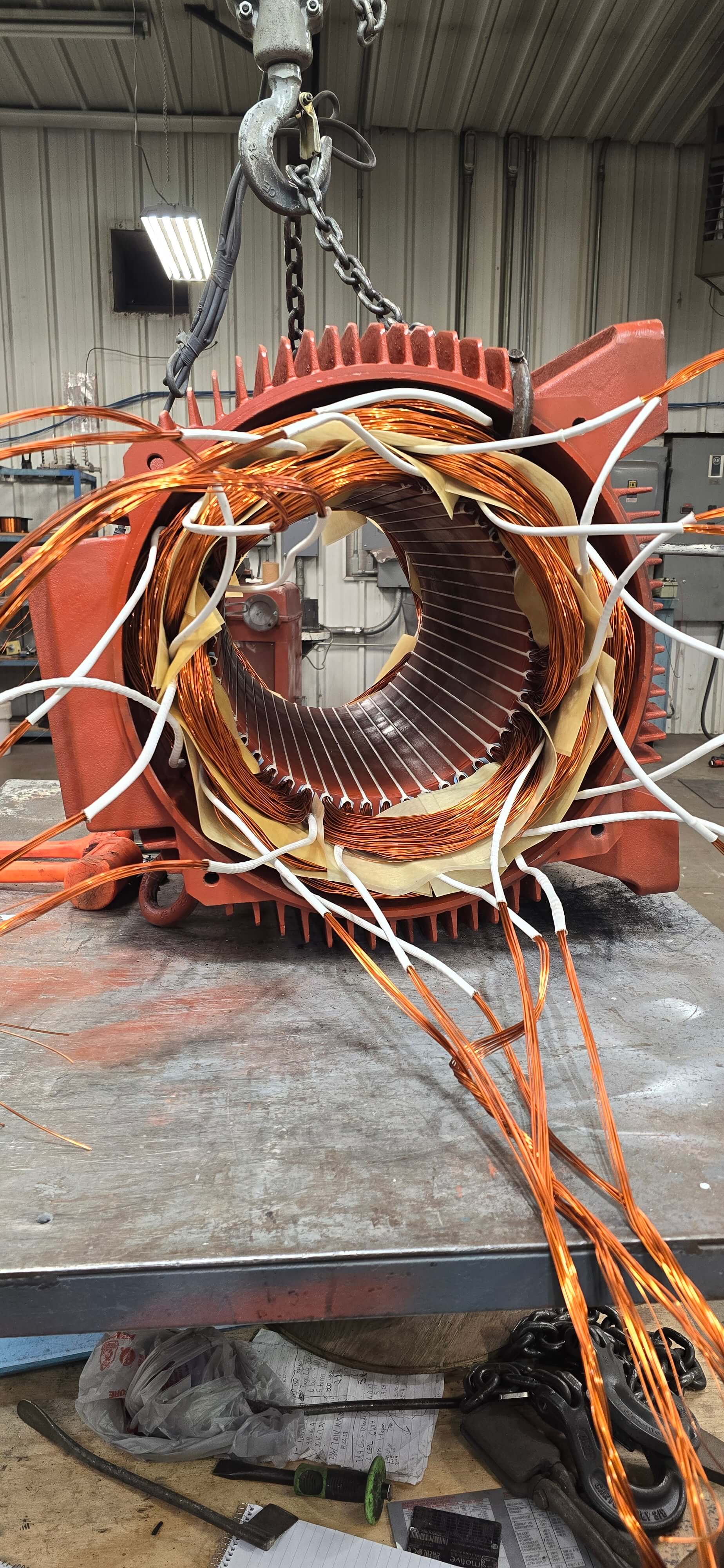
Our qualified and trained technicians provide you with a full inspection of your equipment. Further, our turnaround is one to five days, so you generally have your equipment back in the field in short order in the majority of cases. We do our hydraulic repair in-house, so we can guarantee quality and pay attention to the minute details with your precious equipment. However, we also provide in-shop service in the event that you're not capable of moving your equipment easily.
When your pneumatic systems start to go wrong, you should do the right thing in order to get your equipment back to its top performance. Knowing the cause of some faults and the work that needs to be done on them is crucial. To help you prevent any stalling, breakdown, or faults in the system, the following are five of the most common problems that result in underperformance with pneumatics:
Low pressure can hinder the power of a pneumatic system to reach peak power, causing it to operate with less efficiency and increased operational costs. Typically, one would want a maximum loss of not more than 2 psi during peak production. With low pressure, motions are unsteady, and the system risks losing control instantly if it can't keep up with the machine psi. To avoid under-pressurization, it's important to ensure all parts are suitably sized and pipework containing elbows is avoided.
Installation of monitoring valves that are low resistance and the periodic checking of gauges for recommended ratings are recommended. In most cases, issues brought about by low pressure could be attributed to a crack or leak in the pneumatic machinery. Leaks are a second potential reason for pneumatic breakdown, so you must find out why your equipment lost pressure.
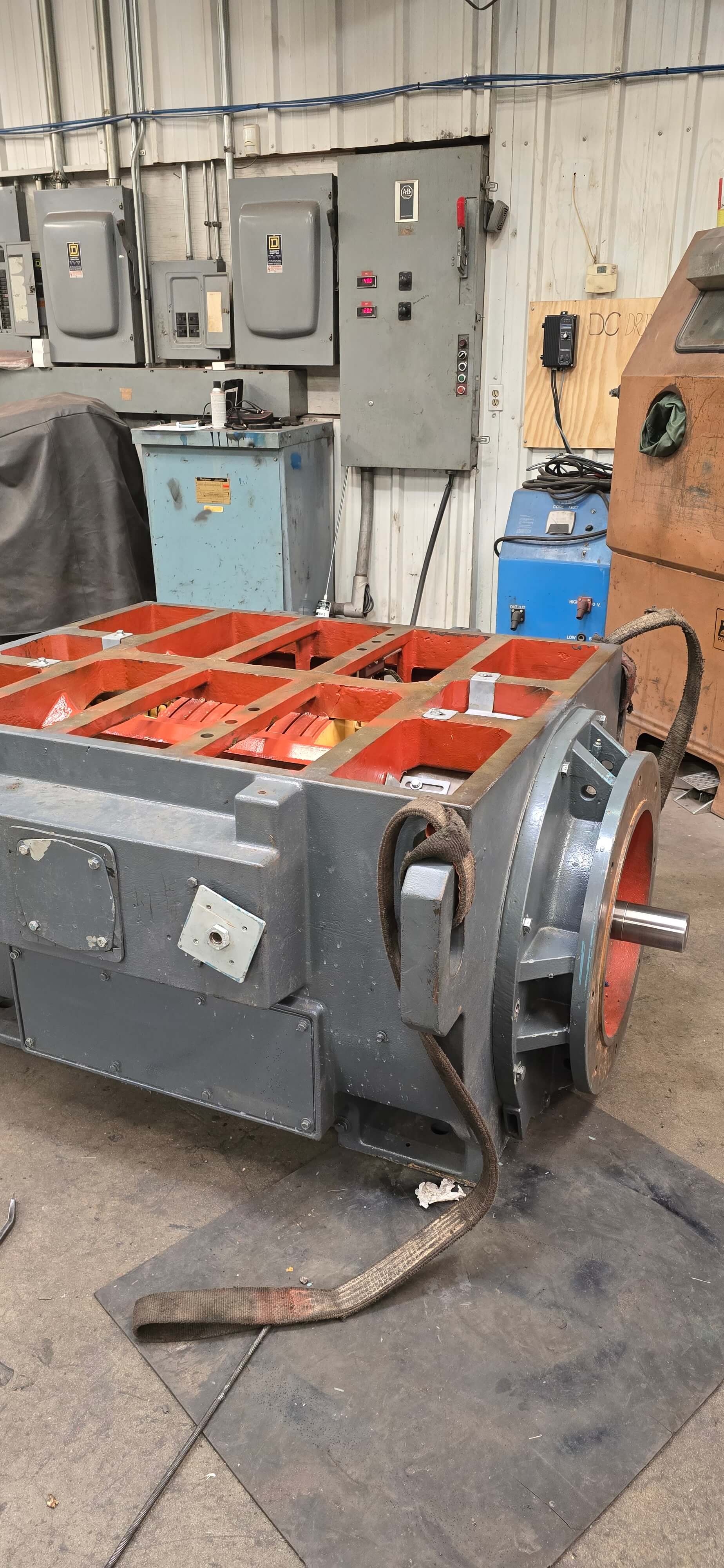
Your facility becomes capable of eliminating downtime as well as cutting costs from the industrial service and repair history.
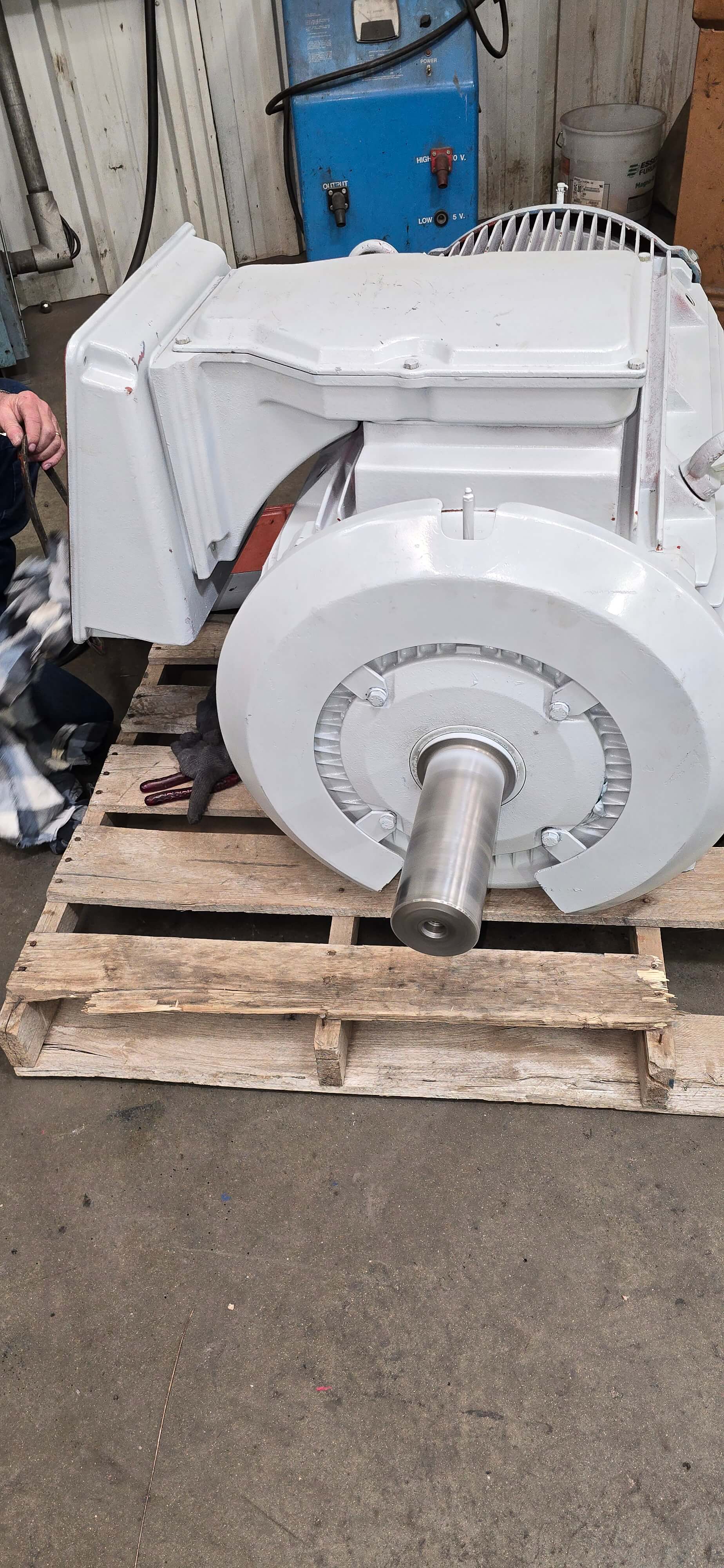
Minor leaks in your pneumatic system are a frequent reason for low performance. The majority of leaks and cracks happen at the valves, flanges, filters, regulators, or condensation traps. However, any joining points in the delivery system can experience audible or visible leaks. Monitor worn-out snap connectors and corrosion around pipework joints since these can signal a current or future leak in the pneumatic pipes. Leaks are common in big pneumatic systems, and it is simpler for a business to neglect the maintenance on each independent section. Fortunately, finding such leaks is fairly simple.
If you observe your system's performance slowing down, take some time to check the lines for pinpricked areas and listen to hissing air, which means there is escaping air. Since leaks tend to cause a lot of energy loss, maintenance processes may be required to restore your system to optimal power.
Most factory facilities operate a significantly higher level of pressure than is needed within their systems. Though under-pressure is a concern, over-pressure won't always generate superior results. Exceedances of 90 psi will just exhaust your system and burn extra energy. Many times, avoiding high-pressure pneumatics when justified is best exactly for this purpose.
Overpressurization is generally due to inadequate pressure control, operator mistakes, or storage shortages. Refrain from overcompensating for pressure loss or unknown leaks in favor of exploring other means to address both issues. Regardless of the cause, it is critical to keep your system's pressure gauges under surveillance and keep the levels as low as possible to ensure optimal performance. Place pressure regulators in systems to increase efficiency and lower operating costs.
Oil, water droplets, and particulate contamination restrict the pneumatic pipeline from generating high pressure. With particulate accumulating within the system, the volume of space available for air expansion is decreased, which results in pneumatic underperformance. Periodic maintenance, cleaning and quality insulation will minimize the risk of particulate contamination. In this manner, your business can be efficient and avoid damaging the machinery.
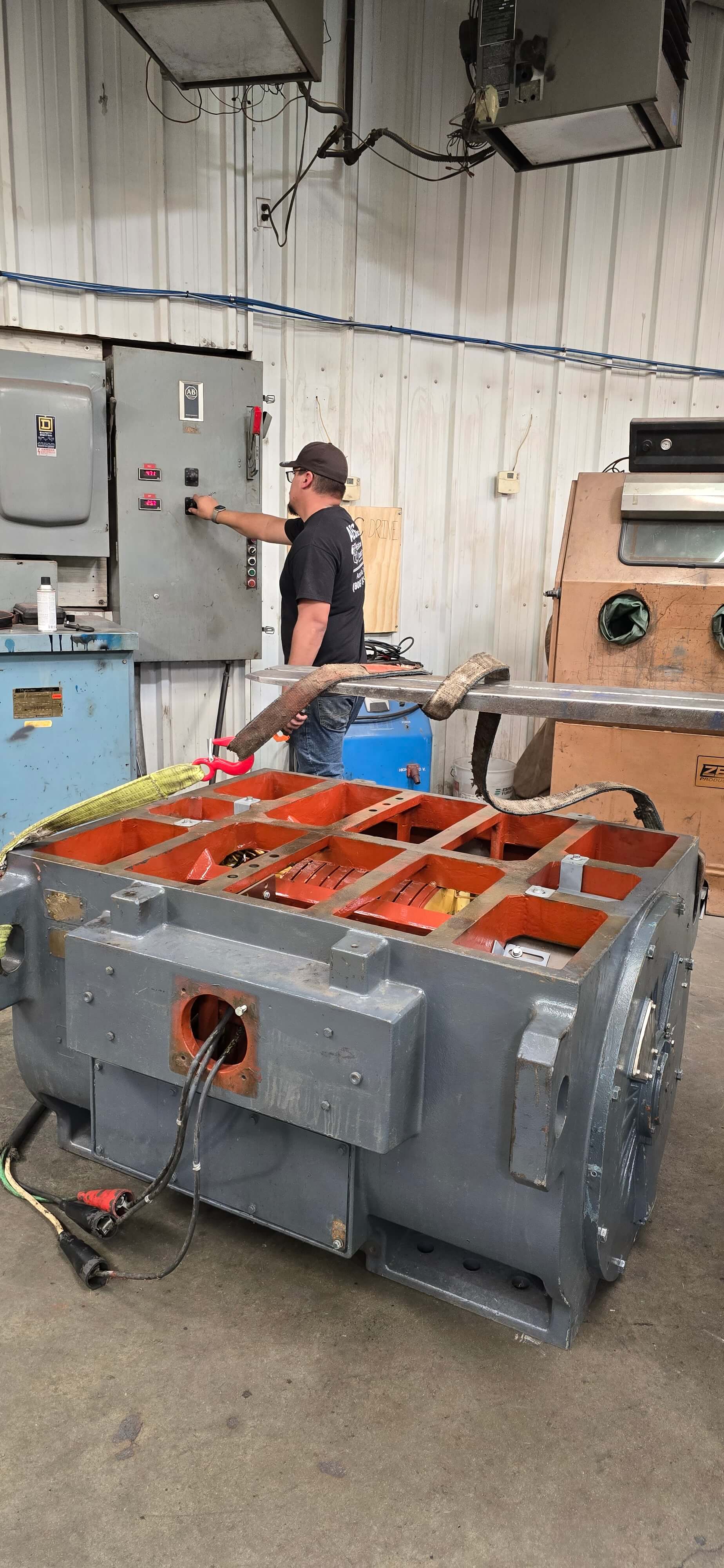
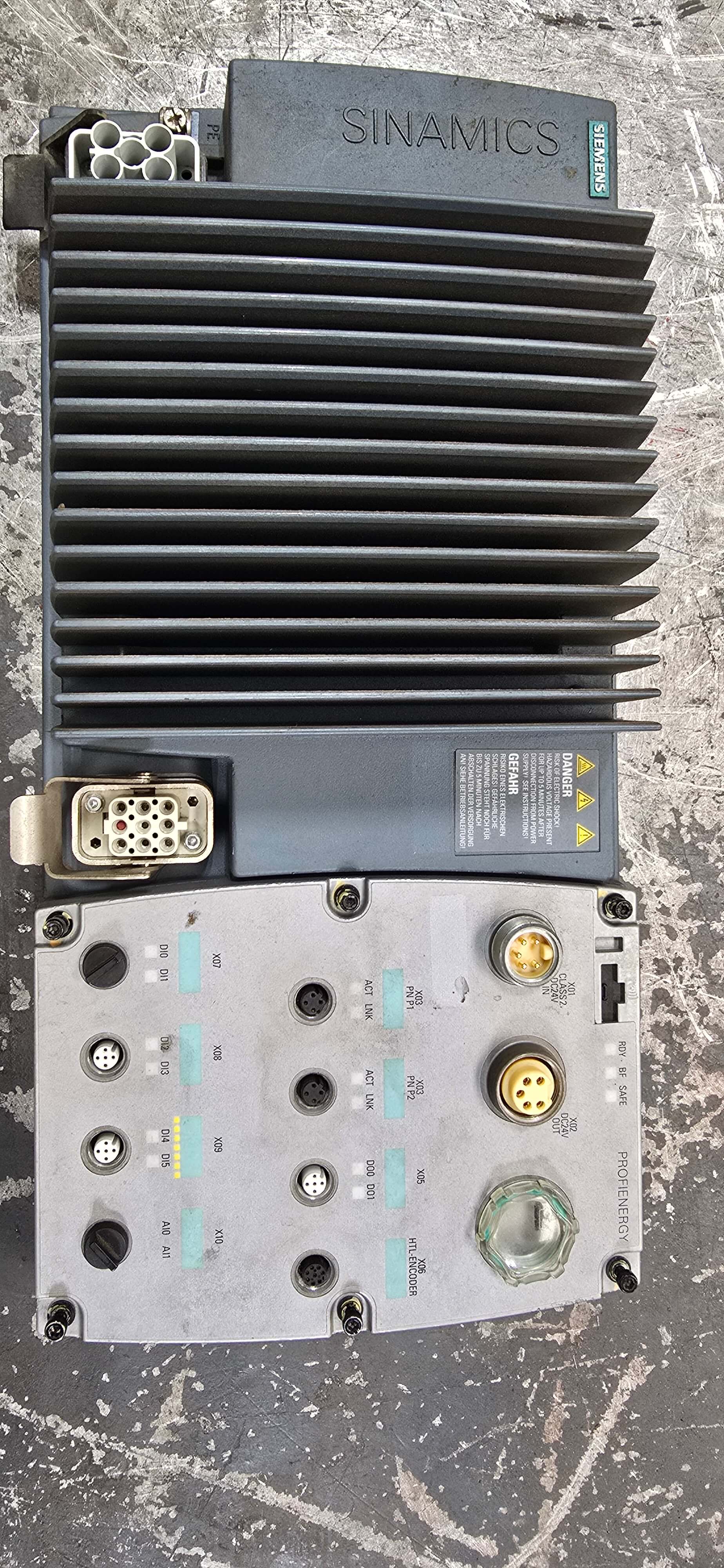
While pneumatic devices should produce some heat, uncontrolled heat accumulation usually signals system problems. High heat may indicate that your components and motors are working too hard to create the necessary pressure. The intense heat can also signal rapid or strong air motion interfering with the flow in part of the loop.
Instead of cooling down hot equipment, preventative maintenance is the ultimate answer to prevent this problem from arising to begin with. Inspect your release valves and ventilation for leaks. Your vents need to be clean and free of obstructions to allow proper airflow. All machinery employs oils or lubricants to assist in cooling the system, so replenish these tanks regularly to keep supplies in check.
Pneumatic systems depend upon tight containment and precise adjustment for the operation of their optimal power. Based upon how complex a system is, your pneumatic system could be more prone to air seal leaks, under-pressure, dirty and ruined filters, and other conditions. Secondary factors often result in underperformance and will eventually end in system damage or failure.
The majority of issues, including motor fatigue, pipe clogging, mechanical malfunctions, and worn seals, can be prevented with regularly scheduled preventative maintenance. Scheduled maintenance prevents concealed leaks and wear so that you can address concerns beforehand.
If you experience an issue with your system, quick and trustworthy pneumatic repair will minimize the amount of energy used, reduce downtime, and lower your revenue losses. Preventative maintenance also prolongs the lifespan of your equipment, which can usually decrease efficiency with age if it is not properly maintained.
